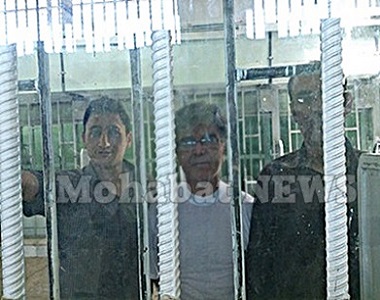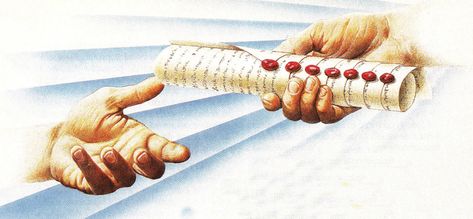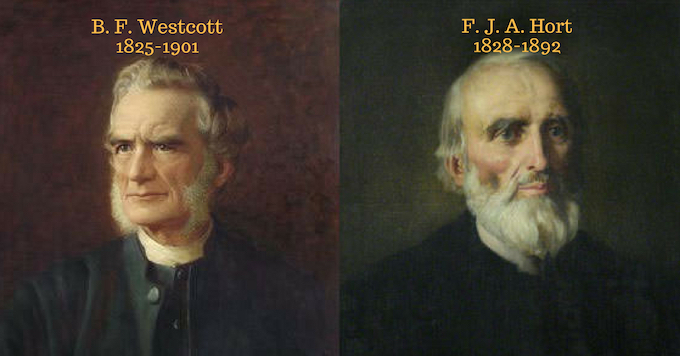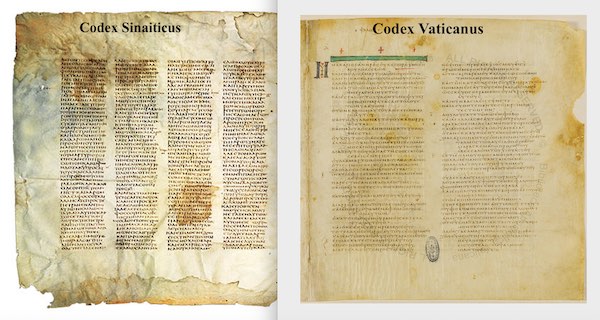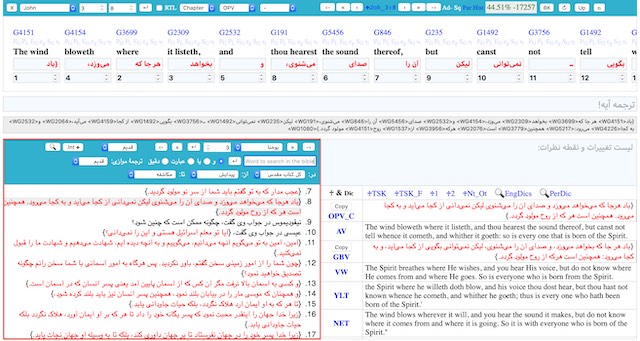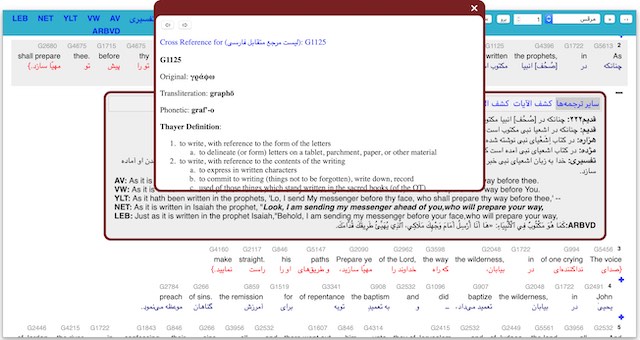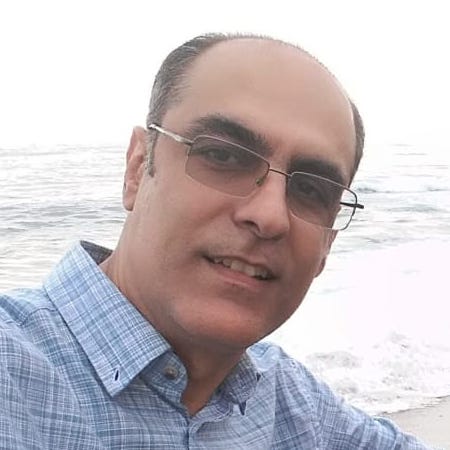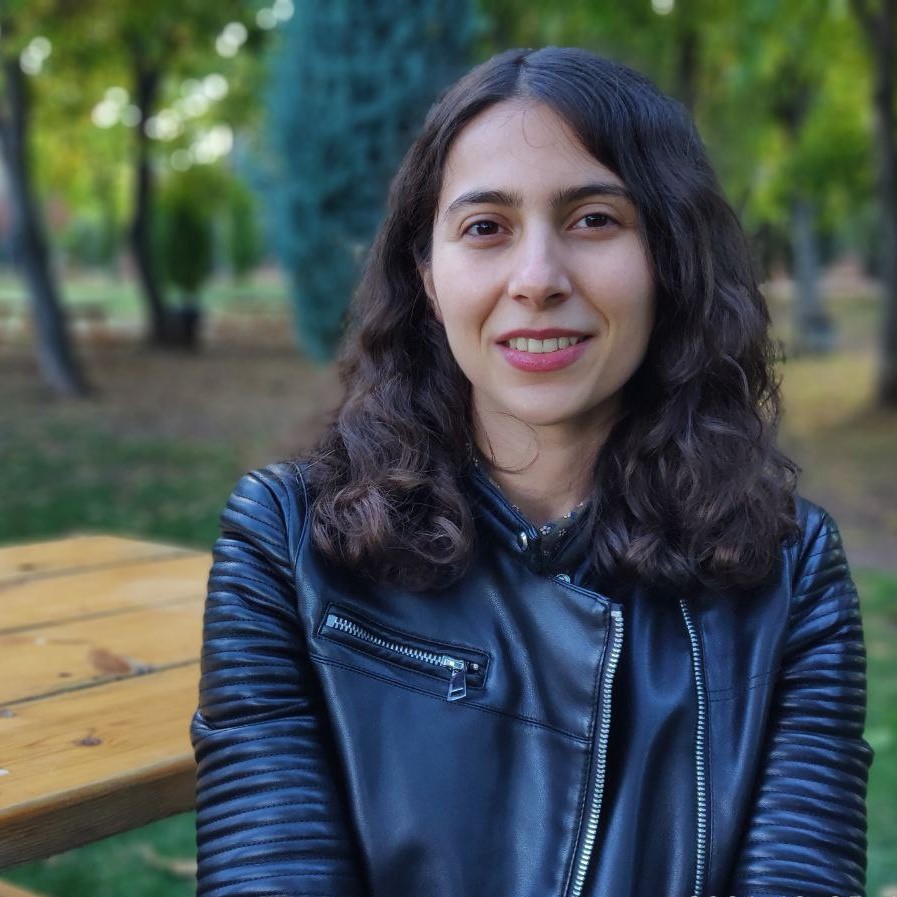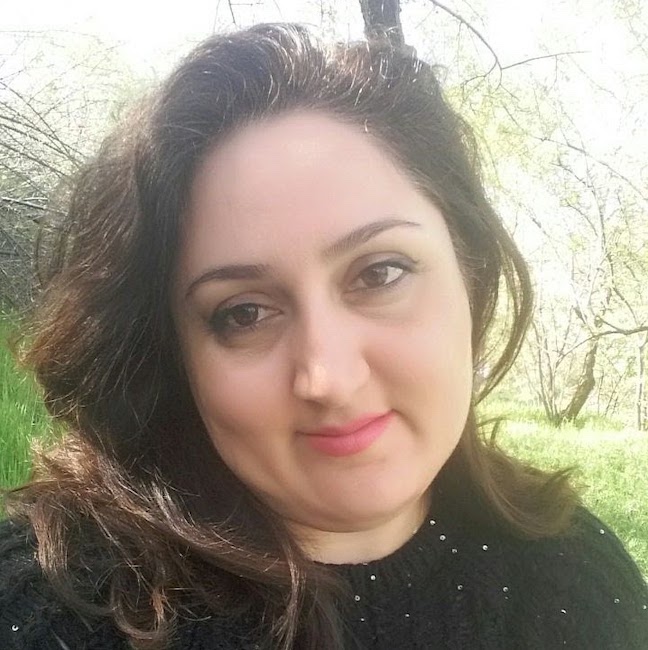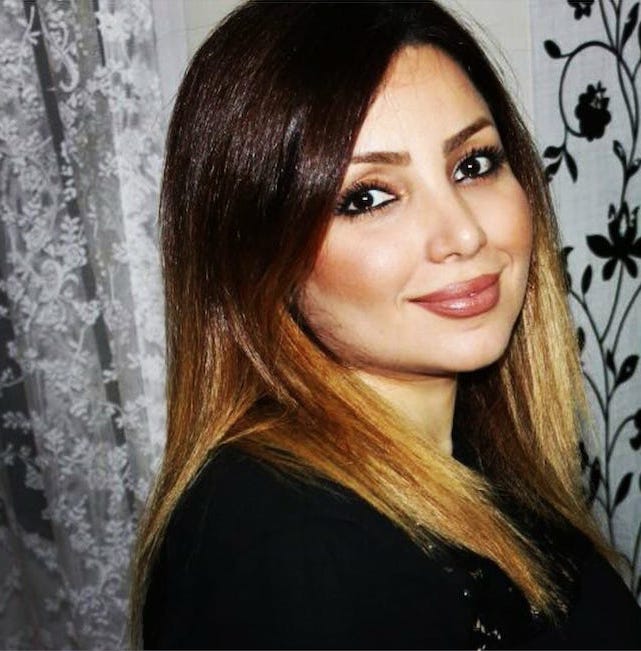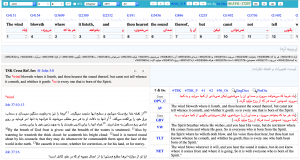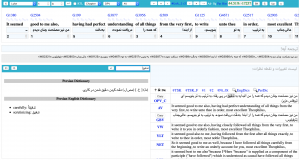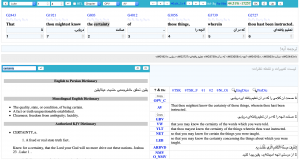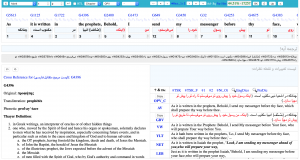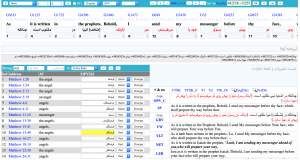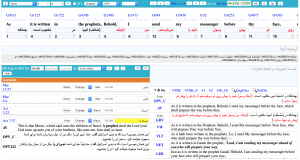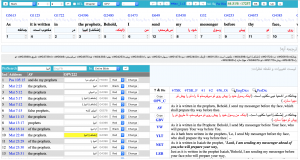I, Kurosh Partovi was born in 1974 in the city of Shiraz, Iran. I have a Bachelor’s Degree in Applied Science in Electronics from the University of Shiraz. I have 13 years’ experience in the field of Industrial Control Systems and Instruments in the oil, gas, and cement industries.
As for faith, I was a follower of Islam for 12 years with inherited beliefs that had been unknowingly injected into me by my family and community. In 2007, I heard a verse from the Gospel of Matthew on Mohabat satellite TV.
Mt 6:22-23: “The eye is the lamp of the body. If your eyes are healthy, your whole body will be full of light. But if your eyes are unhealthy, your whole body will be full of darkness. If then the light within you is darkness, how great is that darkness!”
After thinking about this scripture, he found a small book containing the Gospel of Luke. And one day, while reading it in private for the first time at my father's house, a voice from within spoke to my heart:
Jesus was the same King who came to earth at night in disguise, and with the sign of the Virgin Mary; By giving life to the dead and sight to the blind, he proved that "I AM HIM," yet they did not recognize Him and Crucified Him.
Immediately after hearing these words, I felt an emptiness – I found out that all I had ever believed was false. One month later my wife and I were baptized in a pool. In the next three months, we saw 12 friends and family members convert to Christianity. On February 8, 2012, the Iranian Ministry of Intelligence arrested me and seven others at our home church in Shiraz. The group experienced intense interrogation over the next 33 days.
After this period of intense interrogation, I and three others were sent to the Adel Abad Prison. During my first three months, I lost 30 pounds in weight. During my first nine months I was witnessing and led ten other inmates to Christ. In order to stop me from evangelizing the prison authorities transferred me to a special confined unit. I spent the last 18 months of my imprisonment in a small confined space with 20 other prisoners. Finally, after 27 months I was released from prison on parole. During my parole hearing, I was told by the prison authorities that if I continued telling other people about Christ, I would be imprisoned for another ten years. My family and I tried to stay in Iran. I continued teaching other Christians. After ten months my family and I have to escape to Turkey. In Turkey we registered ourselves as refugees with the UNHCR (United Nations High Commissioner for Refugees). We were sponsored by Calvary Church in Peterborough and immigrated to Canada as refugees.
My wife, Farzaneh and I have been married for 19 years, and we have a daughter, Rosa, who is now 16 years old. We continue to reside in Canada.


